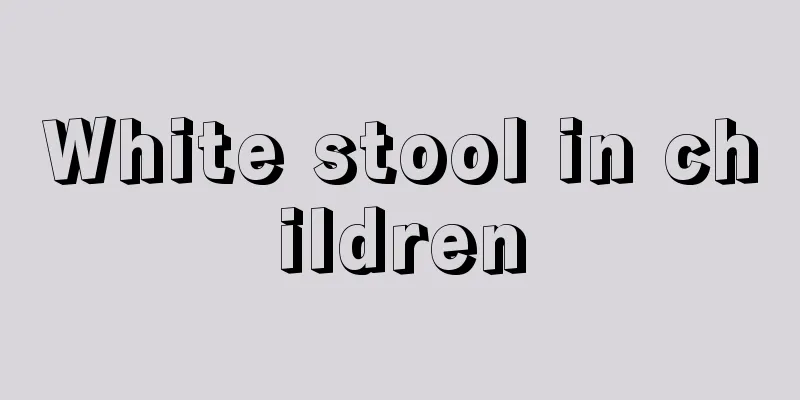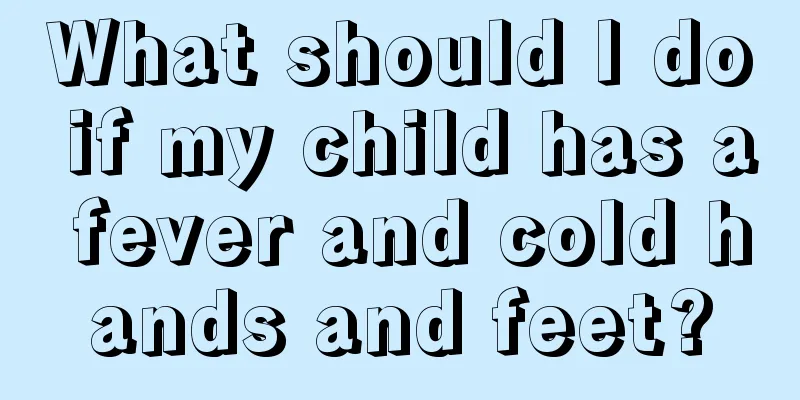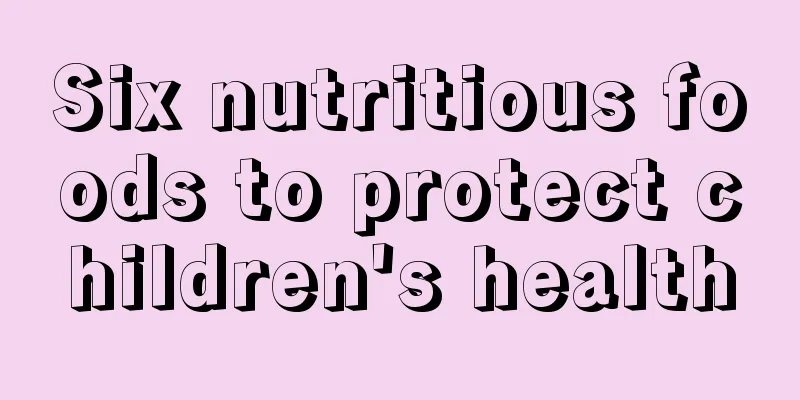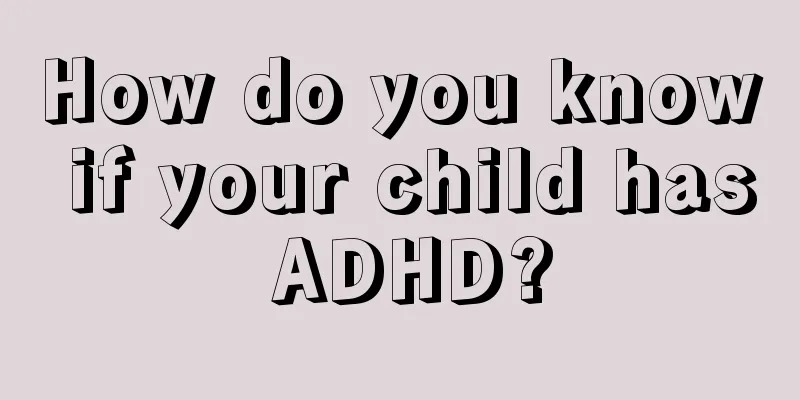Why does my four-year-old baby have hot palms and soles?

|
The health of babies is a very important concern for parents. Babies' body resistance is immature and they are easily affected by various pathogenic factors, causing them to suffer from some common diseases. Among them, colds and fevers are common problems. Some babies also have changes in the temperature of their hands and feet when they are sick. For example, why do four-year-old babies have hot palms and soles? Normally, children's palms and soles will feel a little hot, and their temperature is higher than that of adults. If a child's palms and soles feel hot when he is sick, then the child's body temperature will not exceed 39 degrees. If a child's palms and soles feel cold when he is sick, you must pay attention, because the body temperature may exceed 39 degrees. Traditional Chinese medicine divides fever in the palms and soles of children into two types: malnutrition and spleen deficiency and blood deficiency and yin deficiency. 1. Malnutrition and spleen deficiency, fever in the palms and soles One of the reasons is improper diet. Some children eat excessively, at irregular times, and often eat snacks. This can damage the spleen and stomach functions in the long run, causing dysfunction of metabolism and forming stagnation. Over time, the essence of water and grain cannot be absorbed, resulting in malnutrition and fever. The second is that after suffering from other diseases, such as vomiting, diarrhea, dysentery, parasitic diseases, etc., if they are not treated properly for a long time, they will damage the qi and blood, leading to malnutrition and the formation of malnutrition and fever. These children often have hot palms and soles, sallow complexion, thin muscles, dry hair, distended abdomen, poor appetite, frequent ingestion of foreign objects, restless sleep at night, loose stools, undigested food, and yellow and turbid urine like rice water. 2. Blood deficiency and Yin deficiency, fever in hands and feet The reasons are mostly due to weak constitution, or lack of conditioning after a serious illness or fever, resulting in damage to yin and blood, and failure to restore vital energy. These children often show symptoms such as hot palms and soles, emaciation, listlessness, cough with little sputum, dizziness, tinnitus, dry mouth and tongue, hot flashes in the afternoon, red cheeks, night sweats, frequent urination, and constipation. Fever in the palms and soles of children is most commonly caused by malnutrition and spleen deficiency, and most of them occur in infants under 3 years old. While using medication, you should also pay attention to supplementing a certain amount of nutritious food, allowing children to get more sun and breathe fresh air to promote physical recovery. |
<<: What should I do if my child coughs when he goes to bed at night?
>>: What should I do if my baby has a fever and sweaty palms?
Recommend
Why do newborns love to yawn?
Yawning is a very common phenomenon. For adults, ...
The jaundice of the newborn has not subsided after 17 days?
After every baby is born, parents hope that the c...
What should I do if my six-month-old baby has astigmatism?
The myopia rate among children is very high, and ...
Why do children grind their teeth at night?
Many children have some bad living habits, and so...
How many times a day is normal for a baby to poop?
The physical symptoms reflected by the baby's...
Five month old baby's urine is red
As soon as the baby is born, he becomes the most ...
What is normal stool like for babies?
Usually parents always observe their children'...
Is it better to use diapers or diapers?
In recent years, the frequency of diaper use has ...
What to do if your child has oral herpes
Oral herpes in young children can be very painful...
How to treat chronic diarrhea in infants?
Some babies need to pay attention to timely treat...
Baby limb convulsions
When the baby has convulsions in the limbs, paren...
What to do if a one-year-old child has a fever
Now many families have only one child, so childre...
Baby chicken skin
Chicken skin is actually a very troublesome hered...
What does BCG prevent?
We know that newborns are injected with various v...
Infant massage for constipation
The massage technique can not only effectively tr...









